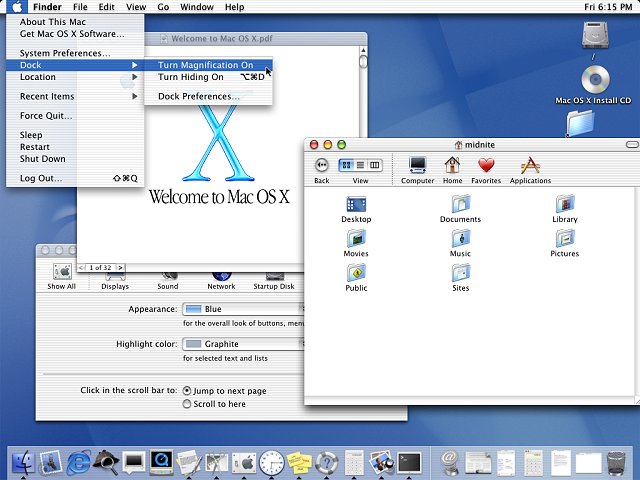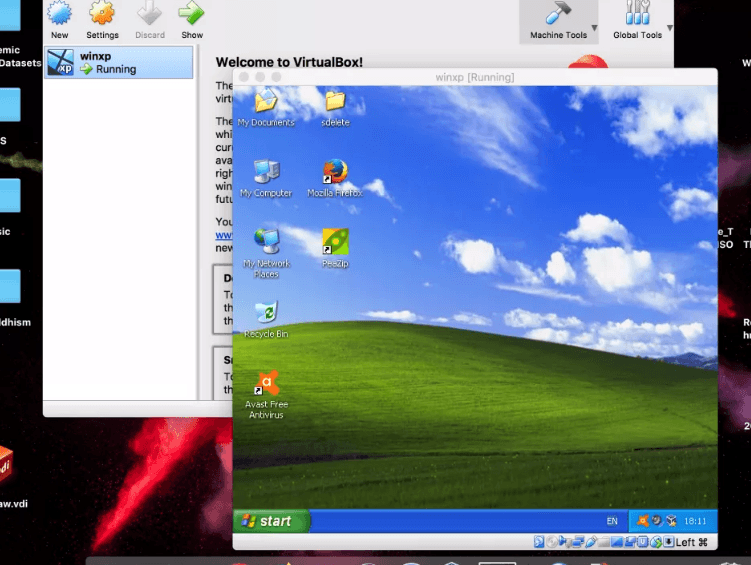

- #VIRTUALBOX MAC EMULATOR? HOW TO#
- #VIRTUALBOX MAC EMULATOR? SOFTWARE#
- #VIRTUALBOX MAC EMULATOR? PC#
- #VIRTUALBOX MAC EMULATOR? WINDOWS#
Just choose the right version for your operation system (there are two: a Windows version and a macOS version).
#VIRTUALBOX MAC EMULATOR? SOFTWARE#
You can download the software from VirtualBox’s Downloads page. In Oracle’s own words, “VirtualBox is a powerful x86 and AMD64/Intel64 virtualization product for enterprise as well as home use.”

#VIRTUALBOX MAC EMULATOR? HOW TO#
How to run Raspberry Pi Desktop on Windows or macOS Step 1: Download and install VirtualBoxīecause we’re going to run Raspberry Pi Desktop on a virtual machine, we’ll need to download Oracle VM VirtualBox. If you want to keep running Windows or macOS on your computer, your best bet is to run Raspberry Pi Desktop on a virtual machine – which is exactly what we’ll show you how to do in this guide. The simplest way to get Raspberry Pi Desktop up and running is to install the operating system, but that will require you to dedicate a computer to the project (or at least to partition a hard drive).
#VIRTUALBOX MAC EMULATOR? PC#
It’s also fun because it backs the familiar Raspbian interface with your PC or Mac’s hardware, which is much more powerful than the little Pi. That makes it useful for testing out projects when your Pi isn’t handy. This Raspbian-like OS (as the names imply, both operating systems are based on Debian) allows you to use your PC or Mac as a kind of substitute for your Raspberry Pi. This time, we’re changing things up: we’re going to show you how to use a PC or Mac to run the Raspberry Pi Foundation’s desktop operating system, Debian with Raspberry Pi Desktop (for brevity’s sake, we’ll call it just “Raspberry Pi Desktop” from now on). Unless CPU manufacturers go back to CISC and start emulating at the hardware level, there is not way to run cross-machine OSes.Our articles usually show you how to do things on a Raspberry Pi. IBM AIX PowerPC cannot run on Intel CPUs. HP-UX PA-RISC cannot run on Itanium and vice-a-versa. Fedrighi is correct.įor example, Solaris SPARC cannot run on x86 and vice-a-versa.

Apple chose the burden to be Microsoft's, rather than doing it themselves. Insignia (started by Rod McGregor (?) ) and WiNE do that. Rossetta2 (and previously Rosetta) did that ( ).

Windows-on-Intel is the same as Windows-as-GuestOS-on-IntelHostOS. A VM engine provides a self-contained environment (layered on a Host OS) to allow a Guest OS to run, provided the CPU instructions sets are the same. I think there is a misconception that Virtualization can support cross-machine CPU instruction sets. Otherwise, read the article I linked before and learn something. Therefore, it will not run inside a VM that runs on ARM/Apple Silicon.Īnyone saying this is wrong or I don't understand how it works: please show me either x86 software run in a VM (not emulated) on ARM or vice versa, or show me an article from a VM software company or Microsoft or any reputable source that proofs me wrong. The Windows version you can buy from Microsoft today only runs on x86 hardware like processors from Intel and AMD. The VM demo on stage during the M1 introduction was an ARM build of a Linux distro. The only thing you will be able to run inside VMs on Apple Silicon Macs are operating systems built for ARM. In short: software can only run inside a VM if it can run on the hardware itself. As such, no emulation is taking place, but this limits what can be run inside virtual machines to operating systems that could otherwise run atop the underlying hardware." "With virtualization, the virtual machine uses hardware directly, although there is an overarching scheduler. I don't expect any of that to happen in the coming few months. It may be possible in the future, but that depends on support from Microsoft and app developers. In conclusion, currently you can't run any Windows apps on the M1 Macs. Microsoft is working on emulation, but there's not definitive yet. They need to be recompiled for the new version of Windows, or emulated. They have versions that run on ARM (among others, the Surface line has ARM based devices), but they are not for sale to the end customer.Įven if Microsoft releases a version for ARM, the apps that run on Windows won't all just work. That means Windows can't run on the M1 chip, unless Microsoft releases a version that is made for running on the M1 chip. The M1 chip is not an x86 processor, but based on ARM architecture. Intel and AMD make x86 processors, so Windows is made to run on their processors. What you need to understand is that Windows and all apps for Windows are made for x86 processors. No, unless Microsoft releases a version that can be installed in a virtual machine.


 0 kommentar(er)
0 kommentar(er)
